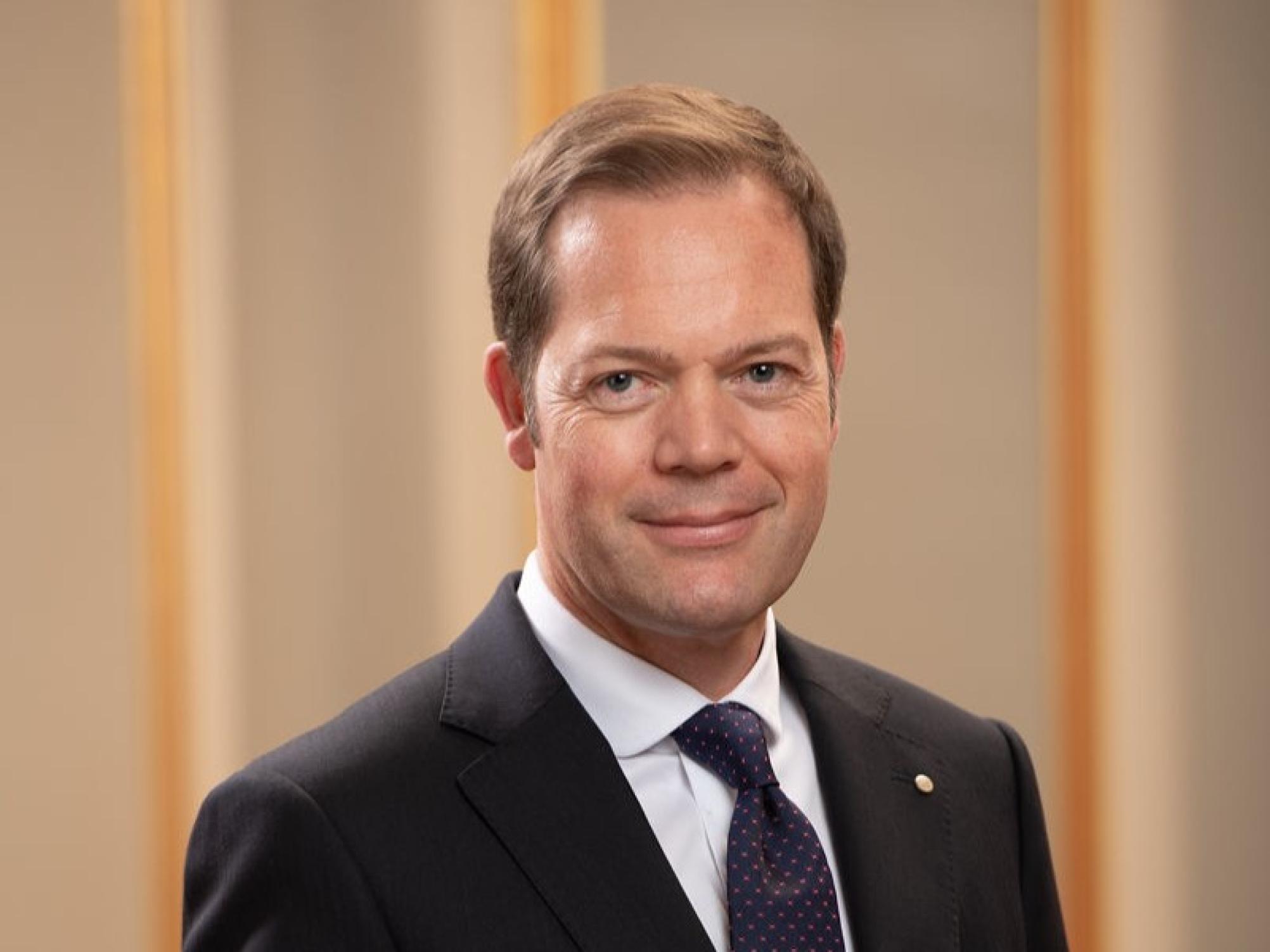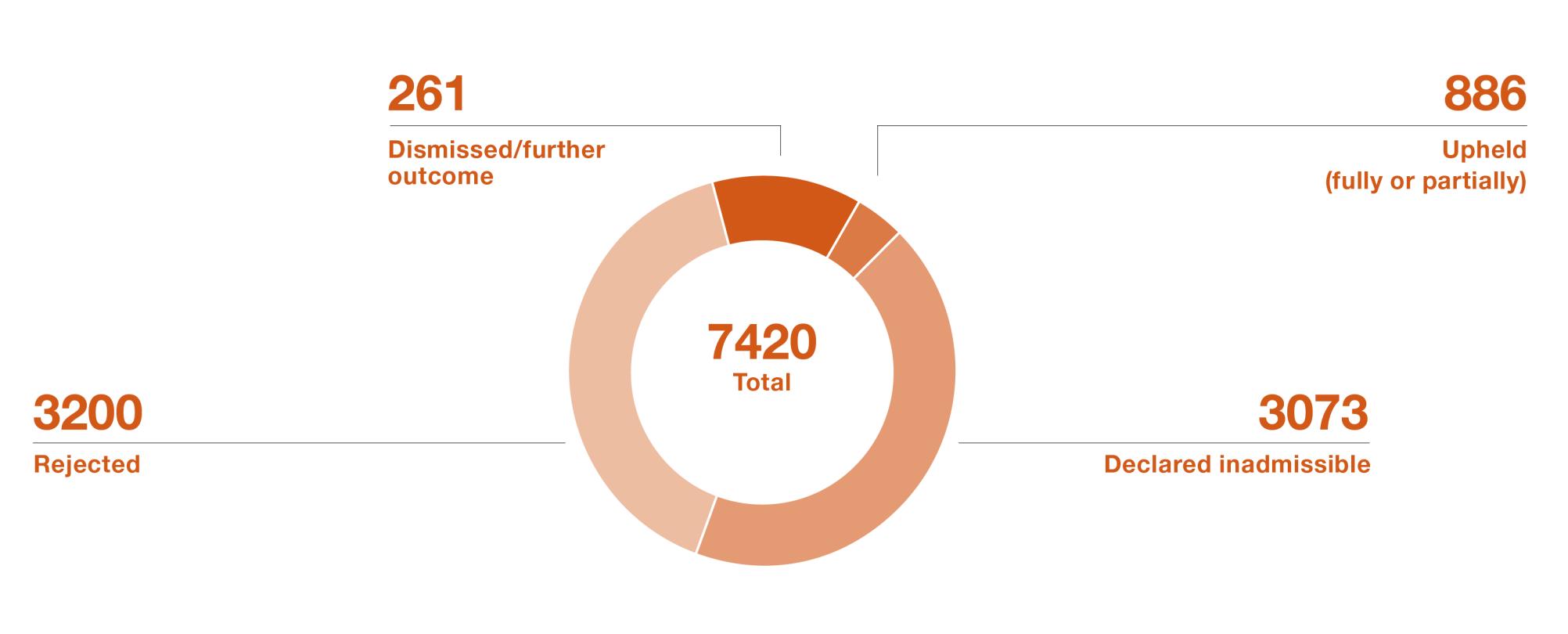The Federal Supreme Court
The Federal Supreme Court rules in the highest instance on legal disputes between citizens, between citizens and the state, between cantons as well as between the federal government and the cantons. These disputes may concern matters in civil, criminal, administrative and social law.
Functions of the Federal Supreme Court
In
general, it definitively examines decisions of lower courts
As the
highest judicial authority, the Federal Supreme Court rules on appeals against
decisions of the highest cantonal courts, the Federal Criminal Court, the
Federal Administrative Court and the Federal Patent Court. It examines whether
they have applied the law correctly. In the case of human rights issues, an
appeal can be lodged at the European Court of Human Rights.
It ensures uniform
application of the law
Through its
decisions, the Federal Supreme Court ensures uniform application of federal
law. It protects the constitutional rights of citizens. The other courts and
the administrative authorities align themselves with its decisions.
It contributes to the
development of law
If the
Federal Supreme Court has to rule on a legal question that is not or not
clearly regulated by the law, it contributes to the development of the law
through its case law. This can lead to parliament reformulating a law.
Organization of the Federal Supreme Court
The Federal Supreme Court is divided according to legal areas. It comprises eight divisions:
two public law divisions in Lausanne (e.g. political rights, law on foreign nationals)
two public law divisions in Lucerne (e.g. taxes, accident and disability insurance)
two civil law divisions in Lausanne (e.g. contract law, family law)
two criminal law divisions in Lausanne
40 ordinary and 19 substitute judges work for the Federal Supreme Court. Of the full members of the court, 15 are women and 25 are men. Three have Italian, 14 have French and 23 have German as their mother tongue.
The members of the court are prohibited from engaging in any gainful activity in addition to their work as federal judges.
The Federal Supreme Court is represented externally by its presidency. The court as a whole, with all 40 federal judges, decides on the most important issues.
President: François Chaix
The court members are supported by 375 employees, including around 175 court clerks. These clerks assist in reaching a verdict. In many cases, they are tasked with preparing a draft judgment. However, the verdict is always reached by the judges involved.
Expenses 2023 (CHF)
100m
Staff (FTEs) 2023
345
General Secretariat
The General Secretariat prepares the meetings of the governing bodies, supports the implementation of their decisions and is available to assist the presidency and all federal judges. It organises meetings with delegations from other courts and international organisations and is responsible for maintaining national and international relations.
As a service centre for the court, the General Secretariat supports the individual divisions in their daily work. All the necessary legal information is provided to the members of the court and the court clerks. In addition, the General Secretariat ensures that the decisions of the Federal Supreme Court are accessible to the public. The IT department develops customised applications to meet the specific requirements of the court.
The highest governing body of the court administration is the Administrative Commission, which consists of the president, the vice president and a further member of the court. The administrative departments are headed by the Secretary General. He also heads the secretariat of the full court, the Conference of Presidents and the Administrative Commission. He participates in an advisory capacity in the meetings of the Administrative Commission and the Conference of Presidents.

Secretary General Federal Supreme Court: Nicolas Lüscher
Open doors to the public
At the Federal Supreme Court’s headquarters in Lausanne and at the Lucerne premises, individuals and groups can regularly take part in guided tours. During the anniversary year 2025, open days will be held (see ‘Three questions for the president of the Federal Supreme Court’):
Open Day schedule 2025
6 September in Lucerne
13/14 September at the main site in Lausanne
Particularities of the Federal Supreme Court
Usually in writing
The proceedings before
the Federal Supreme Court are generally in writing. The competent judge studies the case and submits a written draft
decision to the other judges involved in the case. If all the judges agree, the
decision is rendered. If they do not all agree, a public hearing is scheduled.
Transparent
During a public hearing,
the judges discuss the case, often in the presence of the parties to the
dispute, media representatives or visitors. At the end, the judges vote by show
of hands. All judgments of the Federal Supreme Court are published on the Internet.
Film sequences of public hearings are published when they are of particular
interest to the public.
No independent
examination of the facts of the case
The Federal Supreme Court examines legal issues. In principle, it bases its findings on the facts as they were established by the lower courts.
Multilingual - three or
five judges
The judges of the Federal
Supreme Court come from all linguistic regions of Switzerland. During public
hearings, they speak in their mother tongues. The decisions are written either
in German, French or Italian and are not translated. As a rule, three judges
decide on a case and five when the case raises legal questions of fundamental
importance or upon the request of a judge.
Outcome and number of cases in 2023
